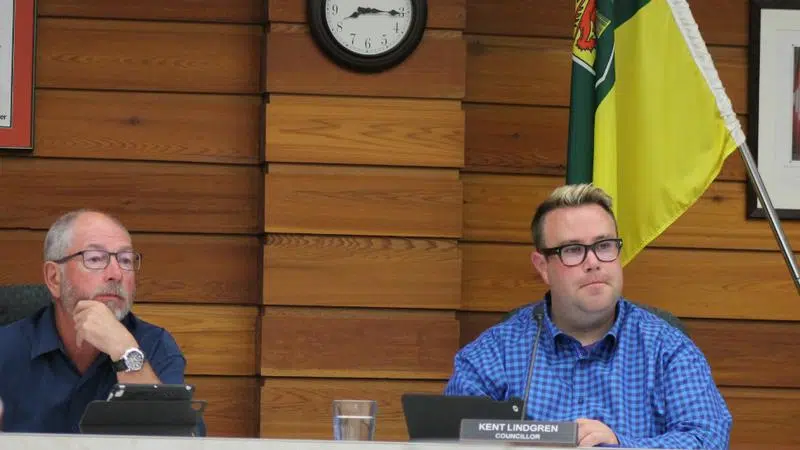
City encourages property owners to replace their old lead service lines
Property owners who still have old lead lines for their water service to their homes may want to look into the City of North Battleford’s line replacement offer.
Director of Operations Stewart Schafer reported at council’s recent meeting there are roughly 306 properties in North Battleford that have lead service lines.
“As part of the Health Canada requirements, we have to do some testing on those lines,” he said. “We ask that those people that wish to know how bad the lead is coming into their property come down to city hall. It’s a free test that we supply the bottles for.”
The city will give the individual instructions on how to complete the test.


